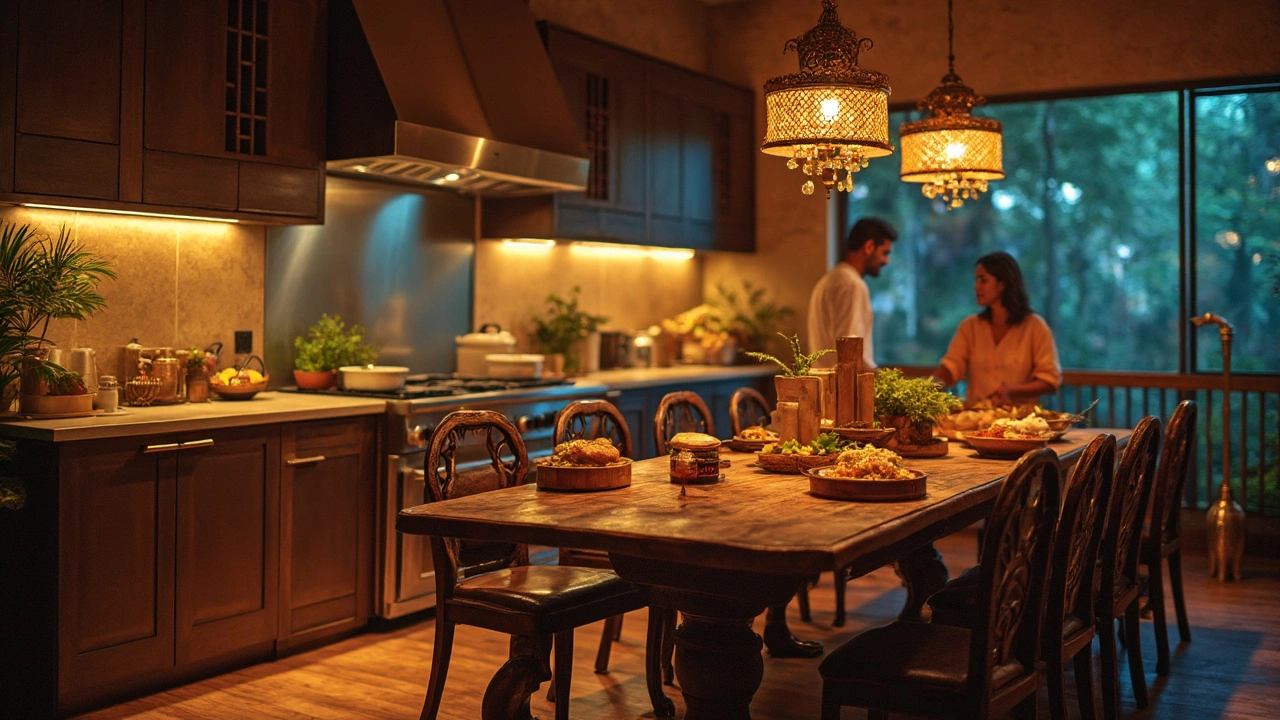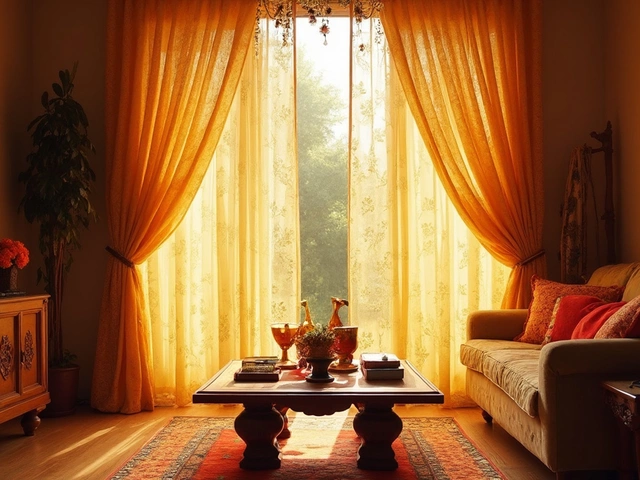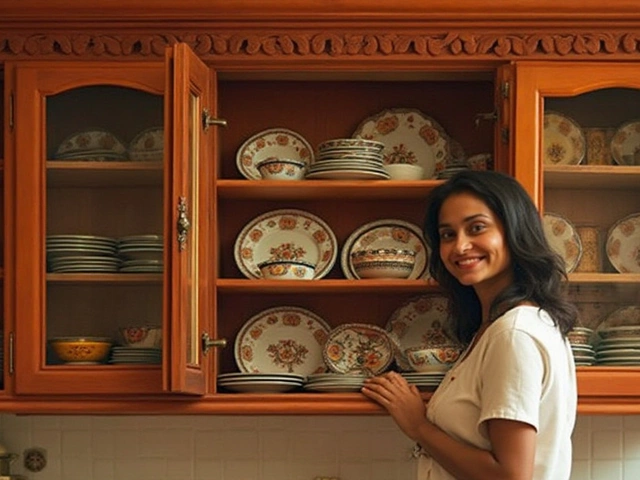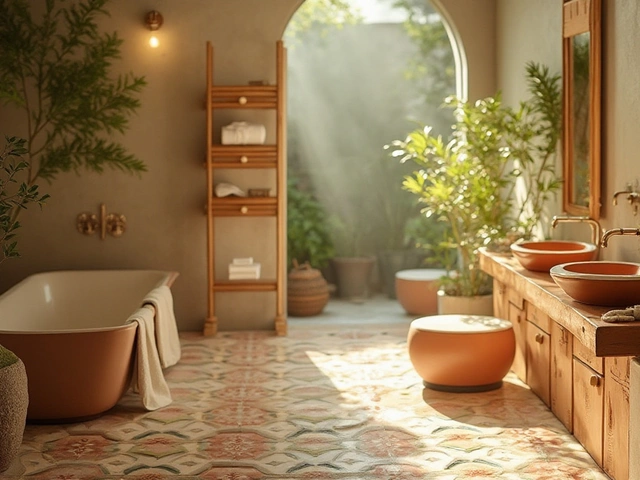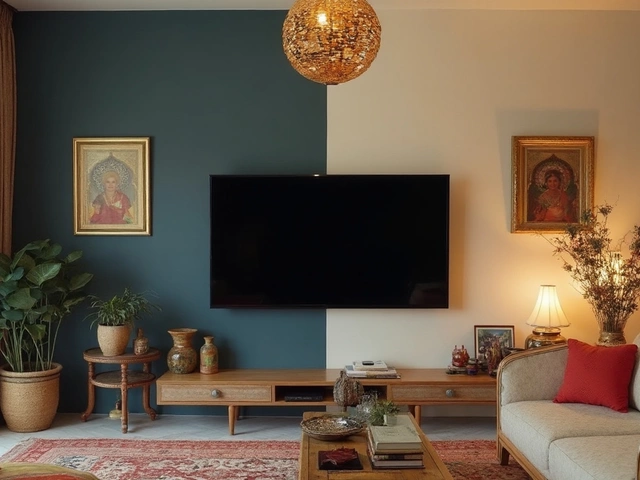Ever noticed how lighting can change the whole vibe of a room? Sometimes it’s the bright lights in the kitchen that make you feel energetic, while other times, it's the dim glow in the living room that invites you to relax. So, should every room have the same lighting? Let's break it down.
The purpose of a room often dictates the kind of lighting it needs. For instance, kitchens need focused, bright lights for cooking, while bedrooms benefit from softer, more tranquil lighting. The lighting in each space should suit what you do there. Otherwise, you might end up with a room that feels a bit off.
Some folks lean towards a cohesive look with consistent lighting fixtures throughout, but does this serve every room well? Not quite. Different activities call for different lighting setups. Stick around, and we’ll dive into what works best where.
- Why Lighting Matters
- Task Lighting vs. Ambient Lighting
- Room-by-Room Lighting Tips
- Choosing the Right Bulbs
- Smart Lighting Solutions
- Balancing Aesthetic and Functionality
Why Lighting Matters
Ever walked into a room and felt an immediate change in your mood? That's the magic of home lighting. It's not just about being practical; it's about creating the right kind of atmosphere that fits the purpose of a space.
Lighting can completely transform a room. Bright, cool lights can make a room feel open and energizing, ideal for places like your home office or kitchen. On the other hand, warm, dim lighting sets a cozy vibe, perfect for winding down in a living room or bedroom.
Lighting and Mood
Did you know that different types of lighting affect how we feel? There’s actual science behind it. Bright lights can increase energy and alertness, making it easier to stay focused. That's why you’ll find bright task lighting in offices and study areas. Softer lighting can enhance relaxation and reduce stress—many use it in spaces meant for resting and unwinding, like the living area.
Functional Aspects
Besides setting the mood, the right lighting also prevents strain. Poor lighting might lead to headaches and stress. Imagine trying to read a book with dim lights; it’s a recipe for eye discomfort. It’s crucial to match your lighting with the activity: bright lights for tasks, softer lights for leisure.
Energy Consumption
Lighting accounts for about 15% of a house's electricity usage. Choosing energy-efficient bulbs can drastically cut this down. LED bulbs, for instance, use up to 75% less energy than traditional incandescent ones. Making smart choices not only affects your utility bill but also your home's carbon footprint.
Next time you walk through your house and flip on a switch, think about how that lighting affects each room's vibe, purpose, and even your mood. Choosing the right lighting is not just about aesthetics; it’s about creating spaces that fit your lifestyle and needs.
Task Lighting vs. Ambient Lighting
When it comes to home lighting, it's crucial to get the balance right between task lighting and ambient lighting. You might be wondering, what's the difference? Well, task lighting is all about helping you get stuff done, while ambient lighting sets the overall mood and tone of a space.
Task Lighting
Task lighting focuses on illuminating areas where detailed activities occur, such as reading, cooking, or working. Think of it as your personal spotlight. For example, under-cabinet lights in kitchens or a desk lamp in your home office fall under this category. As reported by a 2022 study from the National Lighting Bureau, "Effective task lighting can enhance productivity by up to 20%."
"Proper task lighting not only improves performance but also reduces eye strain and enhances mood," according to the study.
Ambient Lighting
On the flip side, ambient lighting, also known as general lighting, is like the main source of light in a room—setting the stage for everything else. It's the ceiling fixtures or wall sconces that fill the room with a steady, overall light. Ambient lighting doesn't focus on specific tasks but provides soft illumination that makes a room comfortable and welcoming.
In a 2023 survey by Bright Rooms, 75% of participants said that ambient lighting significantly influenced the comfort level of their living spaces.
Both types of lighting have their place, but it’s how you use them together that truly matters. Want to make your home pop with a cozy yet functional vibe? Combining task lighting with the right ambient lighting can do the trick. This combo provides flexibility, allowing you to adjust the lighting based on your needs or mood.
Room-by-Room Lighting Tips
When it comes to making each room in your house shine, quite literally, it’s all about picking the right lighting. Let's go through some practical tips for different areas in your home!
Kitchen Lighting
The kitchen is the heart of the home, often bustling with activity. It needs task lighting that’s both bright and focused, especially over work areas like countertops and stoves. Consider under-cabinet lights for an evenly lit workspace. Pendant lights over an island can add style and extra light where you need it most.
Living Room Lighting
Your living room is likely a multi-purpose space used for everything from entertaining to chilling out with a movie. Mix ambient lighting—think ceiling lights or recessed lighting—with accent lighting like floor lamps. Adding dimmers gives you control over the mood, allowing you to adjust from bright to cozy.
Bedroom Lighting
Since this is your personal retreat, aim for a relaxing atmosphere. Soft, warm lighting is key. Bedside lamps are a must for reading, but also consider sconces or hanging pendant lights for something more modern. Keep the lighting relaxing to promote better sleep.
Bathroom Lighting
In the bathroom, lighting needs to be practical and vanity lighting should illuminate your face evenly. Place lights around mirror edges to eliminate shadows. Consider using bright, cool-toned bulbs here since they mimic daylight and work best for tasks like makeup application.
Home Office Lighting
If you’re working from home, good lighting can boost your productivity. Natural light is best, but if that’s not an option, use a combination of ceiling lights and desk lamps. Avoid placing lights directly above monitors to reduce glare.
A quick look at how bulb choices impact different activities:
| Activity | Recommended Bulb |
|---|---|
| Reading | 3000-4500K bulbs |
| Relaxing | 2700K soft white bulbs |
| Task-related work | 5000K daylight bulbs |
Lighting can make all the difference in how functional and comfortable your home feels. So, consider the purpose and mood you want to create in each room to get it just right.
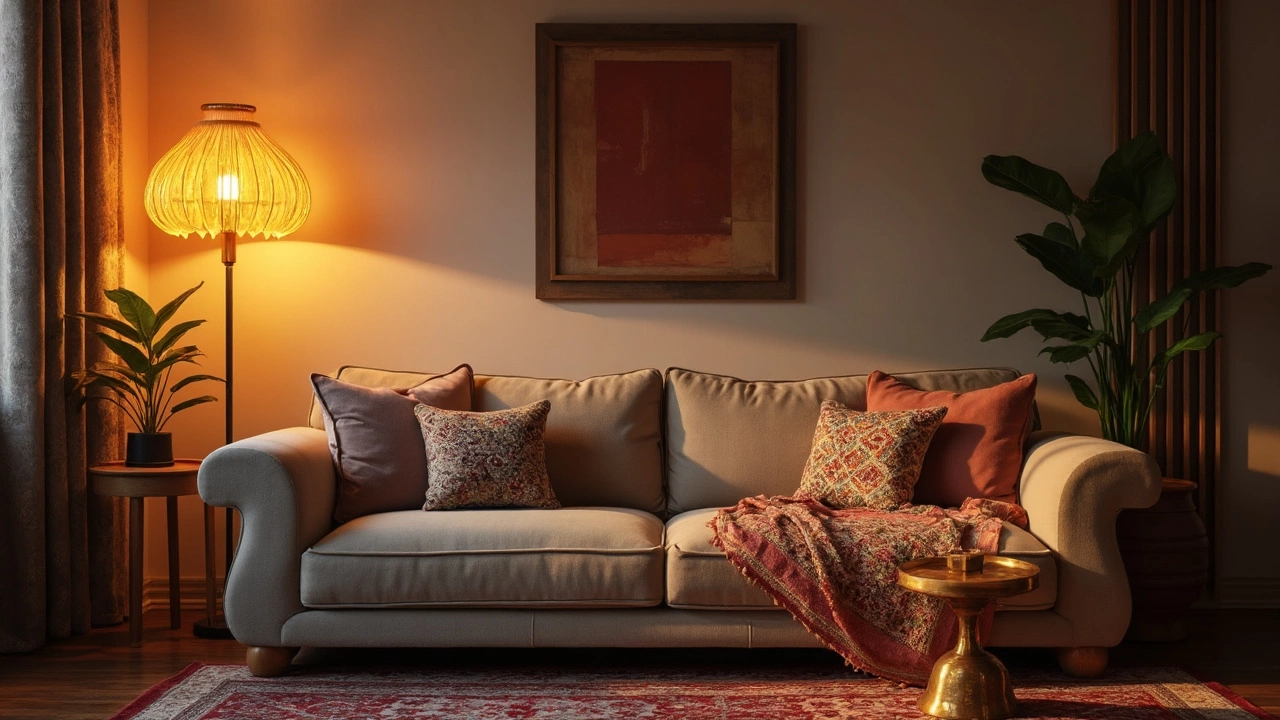
Choosing the Right Bulbs
Picking out the right light bulbs seems simple, but with so many options, it can get a bit overwhelming. Let's cut through the confusion and focus on what really matters.
Consider the Purpose
Start by thinking about what each room is used for. Are you looking for task lighting in your kitchen or ambient lighting in the living room? Different activities need different kinds of light, so tailor your choice accordingly.
Types of Bulbs
- LED Bulbs: These are the superheroes of the bulb world. They last long, save energy, and are great for any room. They come in a variety of color temperatures, making them versatile for different house designs.
- Halogen Bulbs: These give off nice, natural light. Perfect for task areas like reading nooks.
- Compact Fluorescent Bulbs (CFLs): Efficient and affordable, though not as long-lasting as LEDs. Good for places where the lights will be on for extended periods.
Check the Color Temperature
Now, here’s where things get interesting. The color temperature of a bulb affects the mood of a space. Measured in Kelvins, lower values mean warmer, cozier light, while higher values give off a cooler, more energizing feel.
"Lighting isn’t just about seeing, it’s about feeling." - John Bullough, Lighting Expert
Don’t Forget the Lumens
Lumens measure brightness. More lumens mean a brighter light. Focus on getting the right level of brightness for the size and function of your room.
| Room | Recommended Lumens |
|---|---|
| Kitchen | 5000-10000 |
| Living Room | 1500-3000 |
| Bedroom | 1000-2000 |
Incorporating these tips can make a dramatic impact on how your interior lighting complements the entire home design. Now you’re one step closer to perfect lighting tailored to each space!
Smart Lighting Solutions
The world of home lighting has gone high-tech with smart lighting solutions leading the charge. These systems let you control your home’s lights through apps on your phone or voice-activated assistants like Alexa or Google Assistant. Imagine dimming the bulbs while watching a movie without getting up from the couch. Pretty neat, right?
One key advantage of smart lighting is energy efficiency. You can schedule lights to turn off when they're not needed, which helps save on bills. Not to mention, many smart bulbs are LED-based, lasting longer and consuming less energy than traditional bulbs.
Customization and Convenience
Smart bulbs are all about personalization. You can tweak brightness levels or change colors to suit your mood or the time of day. Want something soothing for a reading session? Go for a warm tone. Hosting a party? Switch to some funky colors for added fun. Plus, preset scenes mean you can switch between different lighting moods with a tap.
Installation and Setup
Getting started isn’t rocket science. Most smart bulbs work with existing fixtures. Just swap them out with your old ones, connect to your Wi-Fi, and you’re set. Many systems also let you group bulbs so you can control them collectively by room or zone.
Safety and Security
Smart lighting also boosts your home’s security. You can set lights to turn on and off when you’re away, deterring potential burglars by making it look like someone’s home. This feature is especially handy when you’re on vacation.
If you’re tech-savvy and love convenience, smart lighting is definitely worth a try. It's a game-changer in making your home feel more in tune with your needs.
Balancing Aesthetic and Functionality
When it comes to choosing lighting for your home, there's always a tug-of-war between style and practicality. Ever bought a stunning lamp just because it looked great in the store? We've all been there. But does it really fit your home lighting needs?
Why Aesthetic Matters
Your choice of lighting can drastically alter the look and feel of a room. The fixtures you select can bring character and even become conversation starters. Think about how a sleek, modern light can make a space feel contemporary, or how a vintage lamp could add an element of nostalgia.
Functionality First
While it’s tempting to focus on style, remember the primary job of lighting: to illuminate. This is where lighting tips come in handy. An attractive fixture that doesn’t give sufficient light can really mess up the room’s functionality. Consider rooms like the kitchen where task lighting is crucial for chopping veggies safely.
Combining the Two
Luckily, you can have the best of both worlds. Use a mix of ambient lighting for general illumination and accent lights that spotlight decor or create mood. For example, you might install recessed lights that provide a soft glow overhead, then add a stylish pendant to capture everyone's attention.
Another tip is to use smart lighting. With smart bulbs or systems, you can switch up the tone from cool to warm with a simple command, matching the functionality to the aesthetic — or the time of day.
Get the Balance Right
Here’s a pro tip: start by defining the primary function of each room. Then, choose lighting styles that complement the room's purpose without sacrificing its visual appeal. A well-lit home looks inviting and works efficiently.
And remember, you don’t have to break the bank to achieve the right balance. Many affordable options let you merge style with efficiency, ensuring your house looks effortlessly classy while being totally usable.
